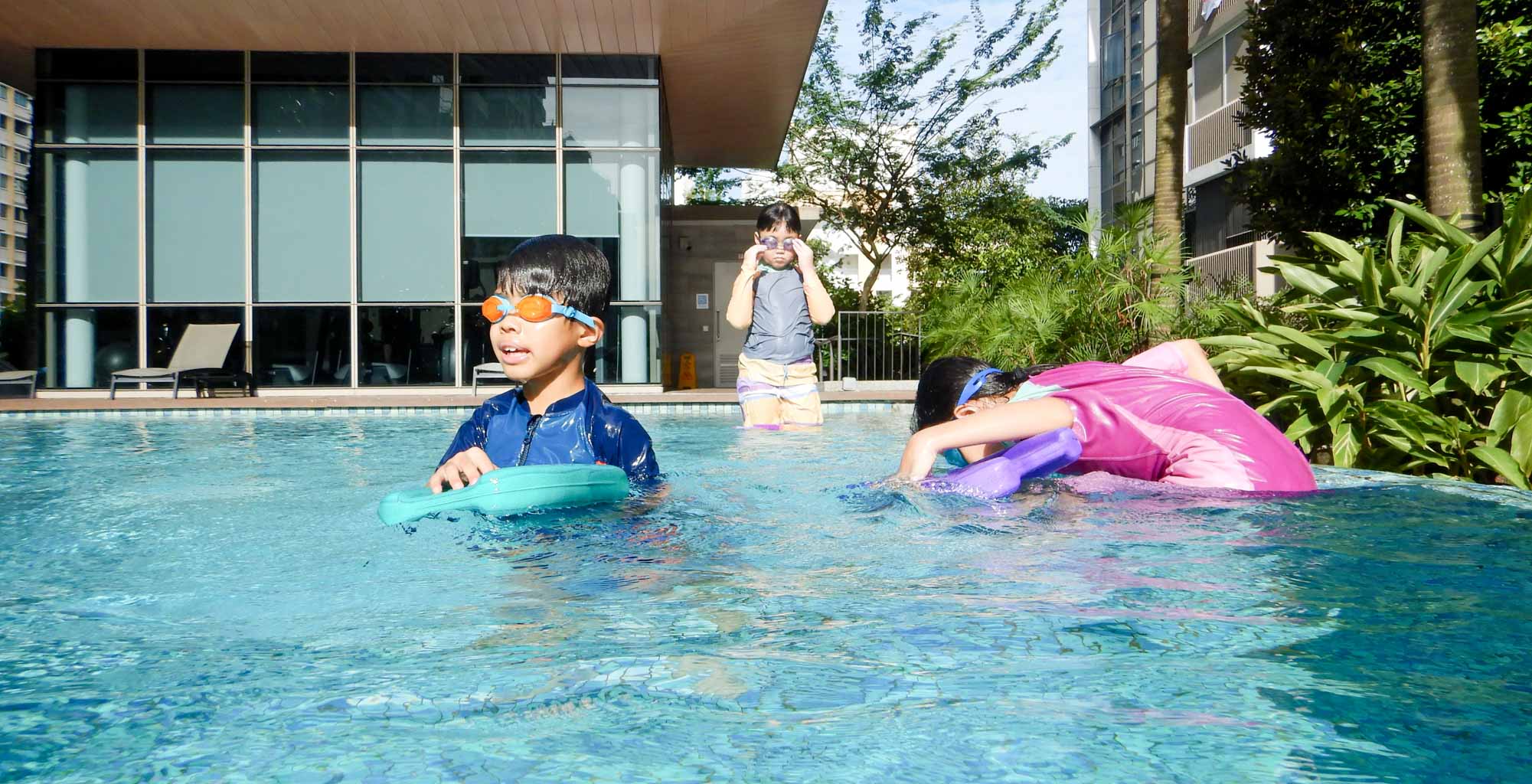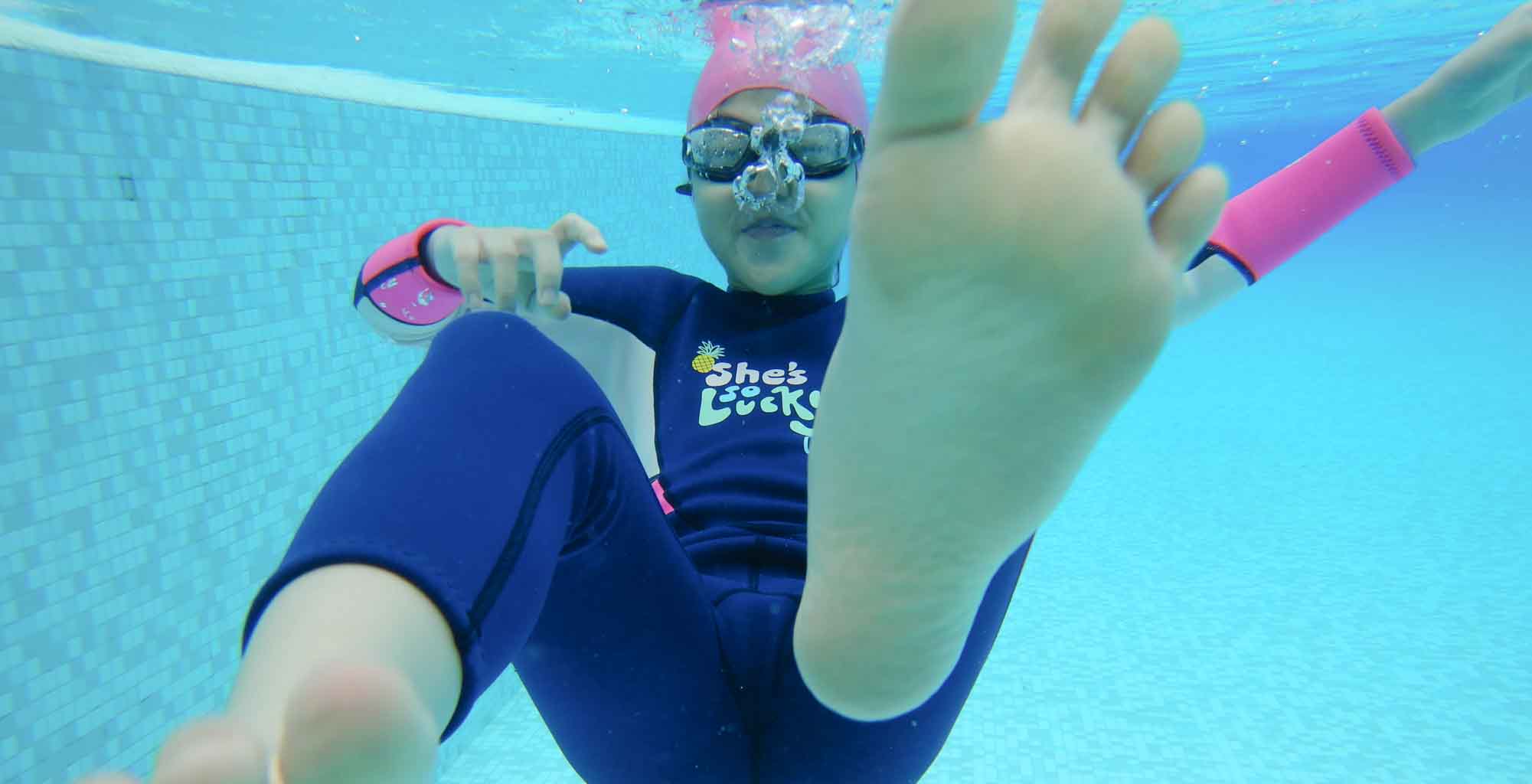Water Competencies And Importance Of Drowning Prevention

What: Water competency is the ability to recognize and aid others in need, as well as to predict, avoid, and survive frequent drowning situations. It involves knowledge of water safety, the fundamentals of swimming, and aiding others.
Why: Accidental drowning is a leading cause of death. Shocking, swift, and silent harm, drowning. A weak or inexperienced swimmer who loses balance when they can’t touch the bottom can start to drown very rapidly. The troubled person cannot call for assistance or move a few feet to safety. Within seconds, they might disappear from view. The person needs to be rescued as soon as possible so they can breathe and avoid brain damage. Fortunately, circumstances that could result in drowning can be prevented with careful planning and readiness.
Even a competent swimmer can drown; good swimmers are generally less likely than weak swimmers to experience catastrophic accidents in the water. Learning what to do before entering the water is essential to preventing surprise and terror. People who didn’t intend to enter the water frequently drown.
Numerous people overestimate their or their children’s abilities in the water, even when they intend to get in. Those who have finished beginner swim training, especially small toddlers, could still lack the foundational abilities and knowledge required for aquatic competency. They still need constant, attentive attention. Even proficient swimmers could not be safe because of additional issues like uncharted seas, aquatic hazards, medical emergencies, drug or alcohol abuse, or other risky circumstances.
Water savvy: Preventing drowning involves more than just being able to swim. Water safety consists in respecting the water and being knowledgeable about its dangers. Some frequent water risks, such as rip currents at beaches that transport swimmers away from shore and undersea hazards like logs or sea life that sting, bite, snag, or imprison swimmers, can be recognized and avoided by a person.
Water safety also includes engaging in appropriate behavior and refraining from inappropriate behavior, such as headfirst plunging into shallow water, engaging in horseplay that can result in spinal injuries, or abusing alcohol or drugs that impair judgment, swimming prowess, or physical responsiveness.
Understanding the various layers of defense required to keep ourselves and our loved ones safer while in, on, and around water is part of practicing water safety. For instance, putting a U.S. Coast Guard-authorized life jacket on a weak or non-swimmer swimmer gives an additional safety layer appropriate for their weight and water activities. Having the necessary knowledge to be in charge of your personal safety and everyone you oversee on the water.
Parents and other caregivers should acquire Basic water safety knowledge before they make rules, mentor their kids, and closely watch those too young to identify and steer clear of risks, unsafe circumstances, and risky actions.
Swimming Ability: Being able to submerge and resurface, manage breathing, float, turn, and move to safety in the water and out of it are all essential swimming skills. However, the person’s ability to accomplish these skills can be affected by the aquatic environment, the activity, and even what they are wearing. Basic swimming abilities may be sufficient to swim for a brief period and a short distance at the deep end of a pool.
Still, more advanced swimming abilities and comfort are required when swimming in a lake, river, or ocean, in cold or turbulent water, and in waves or currents. Swimmers and parents can use the chart below to determine a child’s basic water competency and skills when assessing a swim lesson and water safety program. These swimming abilities must be viewed as a starting point for acquiring additional expertise and comfort in the water.
An excellent place to start when determining the bare minimum level of swimming ability for typical pool situations is with the American Red Cross criteria for water competency.
The primary competency to control breathing, float or tread water, turn in the water, and swim 25 yards using any stroke style is mentioned in the center column of the table below. Anyone who doesn’t have these fundamental abilities should be closely watched, stay in shallow water, wear a life jacket, and seek instruction.
A person who barely satisfies the requirements set forth by the American Red Cross for water competency is still a beginner, is not a strong swimmer, and might not yet be prepared for instruction or participation in a variety of water sports outside of swimming pools, such as snorkeling, wakeboarding, surfing, or helping with in-water rescues. The best way to learn advanced abilities is through specialist programs; they might not be included in broader learn-to-swim progressions.


